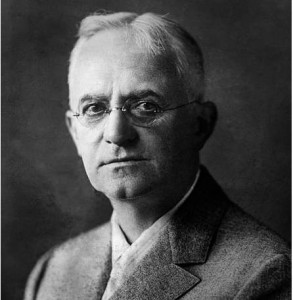The spirit of innovation continued after the passing of George Eastman in 1935. Eastman Kodak diversified successfully into many different product categories. By mid 70s revenues hit $5 Billion. Eastman Kodak was a global brand name and the “Kodak moment” entered popular lexicon. In 1975 the digital camera was invented by a Kodak engineer, and by 1986 Kodak engineers had invented the first megapixel sensor. But the hesitation in cannibalizing its revenues was clearly evident. Bulk of profits came from selling film rolls and Kodak hesitated in building out the technology that threatened this. Too much time elapsed between the creation of the digital camera in 1975 and the creation of the megapixel sensor in 1986. In the meantime others innovated and in 1981 Sony released the first filmless camera. Instead of learning from its mistake and returning on the path of being unafraid to cannibalize its profits and revenue, Kodak dithered. Instead of going on a path that would have made it the leader in digital photography, digital editing, and the undisputed custodian of all our digital pictures and movies in the “Kodak cloud”, Kodak instead filed for bankruptcy protection in Jan of 2012.
A similar question came up for Apple Computers not too long ago. Should it come up with an iPhone that could potentially make the iPod irrelevant? Should it be afraid of cannibalizing the iPods that were contributing more than 60% of revenues and profits? But Steve Jobs did not hesitate. His mantra: “If you do not cannibalize your products in the face of innovation, others will!” The iPhone went on to become the next big thing for Apple and in itself became the most valuable product that the company had ever launched. Similarly Steve did not hesitate launching the iPad that threatened to cannibalize laptop-computer sales. The success of iPad has once again borne out the validity of this strategy.
What is true for companies is also true for individuals. As we grow and learn we have to be unafraid to cannibalize ourselves and transform into new individuals that are better positioned to take advantage of opportunities that come before us. Too often we dither and remain stuck. Some of us remain stuck in our grief or disappointment. Others remain stuck in the past trying to remain in a pattern of behavior that is more appropriate for people decades younger. But the lessons from Kodak are clear. As Bob Dylan put it, “He not busy being born is busy dying”.
It is also true that too many of us are stuck in replicating patterns of behavior that have given us material success. It is as if we are trapped in our success. It is fine that we aim for and attain material success. But at some point it may become relevant to move on. The ultimate act of cannibalization is the cannibalizing of the ego. If the journey of life is seen as ascending a staircase then this must not halt when we reach the stair marked as “material success”. Too many of us stop here and consequently our descent begins into old age and irrelevance. Instead we must reinvent ourselves and continue to march ever upwards. The goal from now on should be not more for the ego but instead an increasingly egoless state. The real question before us is are we fated to remain stuck and fade into irrelevance like Kodak, or shall we be able to reinvent ourselves like Apple?
Related: The Golden Rule And Svetaketu


Actually I hate apple but I love kodak products.